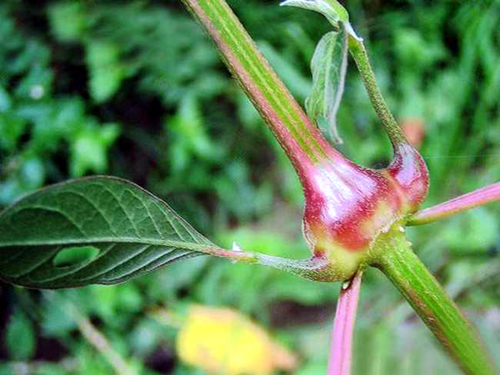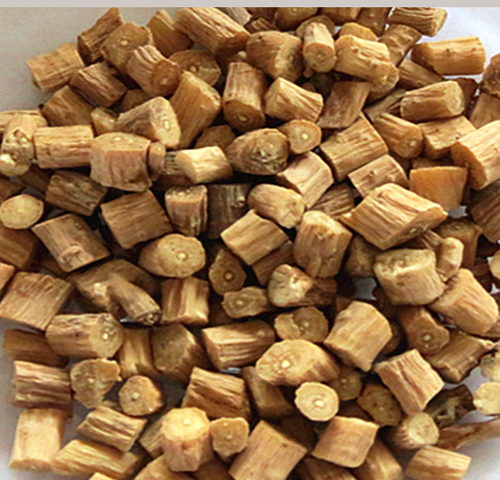Medicinal Properties: Bitter and sour in flavor, mild in nature and attributive to the liver and kidney meridians.
Actions: Promote blood circulation to remove blood stasis, nourish the liver and kidney, strengthen bones and muscles, induce diuresis to treat stranguria and ensure proper downward flow of blood.

Application
1. It is used for blood stasis syndrome with irregular menstruation, dysmenorrhea, amenorrhea, postpartum abdominal pain, and trauma with pain. For irregular menstruation, dysmenrrhea, amenorrhea and postpartum abdominal pain, it is usually combined with Honghua (Fins Carthami ), Taoren ( Semen Persicae ) and Danggui (Radix Angelicae Sinensis); for trauma with pain, combined with Danggui ( Radix Angelicae Sinensis ), Ruxiang ( Olibanum ), Moyao ( Myrrha ), and Xuduan (Radix Dipsaci) , etc..
2. It is used for pains of the loins and knees and weakness of lower limbs, especially for pains of the low back and knee joints. For those due to insufficiency of the liver and kidney, it is used every time in combination with Duzhong ( Cortex Euzommiae ), Xuduan (Radix Dipsaci ), and Sangjisheng ( Ramulus Taxilli ), etc. ; for those due to wind and dampness, combined with Mugua ( Fructus Chaenomelis ) , Fangji (Radix Stephaniae Tetrandrae ), and Duhuo ( Radix Angelicae Pubescentis ), etc.; for those due to dampness and heat blended attacking the lower energizer, usually combined with Cangzhu ( Rhizoma Atractylodis ) , Huangbai ( Cortex Phellodendri) and Yiyiren (Semen Coicis), that is, Simiao Wan (Pill).
3. For hematuria, dysuria and urethralgia, it is used in combination with Danggui (Radix Angelicae Sinensis), Mutong ( Caulis Akebiae), and Huashi ( Talcum), etc..

4. It is used for haematemesis, epistaxis, toothache, aphthae, headache and dizziness. Of those, for haematemesis and epistaxis caused by flaming-up of fire and bleeding due to blood-heat, it is combined with Baimaogen (Rhizoma Imperatae), Xiaoji (Herba Cephalanoploris) and Zhizi (Fructus Gardeniae) to lead fire downward flow, to cool the blood and stop bleeding; for toothache and aphthae caused by hyperactivity of fire due to deficiency of yin, usually combined with Dihuang (Radix Rehmanniae ), Shengshigao (Gypsum Fibrosum), and Zhimu (Rhizoma Anemarrhenae), etc. to moisten yin and lower fire; for headache and dizziness caused by hyperactivity of yang due to deficiency of yin, and liver-wind stirring inside, often combined with Daizheshi (Haematitum), Shengmuli ( Concha Ostreae ), Shenglonggu ( Os Draconis ), and Baishaoyao (Radix Paeoniae Alba), etc. to suppress the sthenia-yang and astringe yin, and eliminate liver-wind.
Usage and Dosage:
5 - 15 g is used in decoction for oral use. The crude one is used for
promoting blood circulation and diuresis, and leading fire downward, but the one parched with wine is used for nourishing the liver and kidney, and strengthening bones and muscles.
Notes:
Contraindicated in pregnant women and women with profuse menstruation.
Explanation:
The actions of Huainiuxi and Chuanniuxi are similar. But Huainiuxi is a bit on the side of nourishing the liver and kidney, and strengthening the back. It is often used to treat pains of the loins and knees, and weakness of lower limbs. Chuanniuxi is a bit on the side of promoting blood circulation to remove blood stasis, and mostly used for syndrome of blood stasis.







